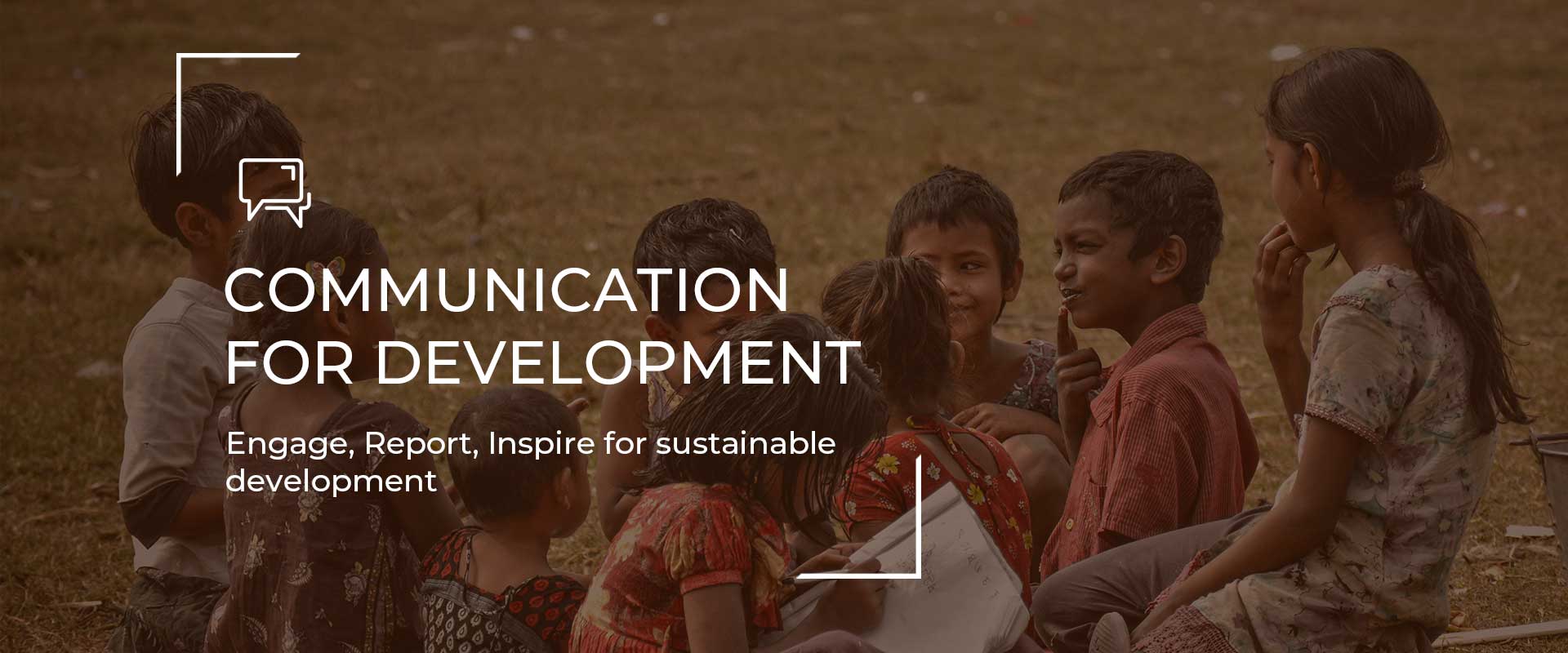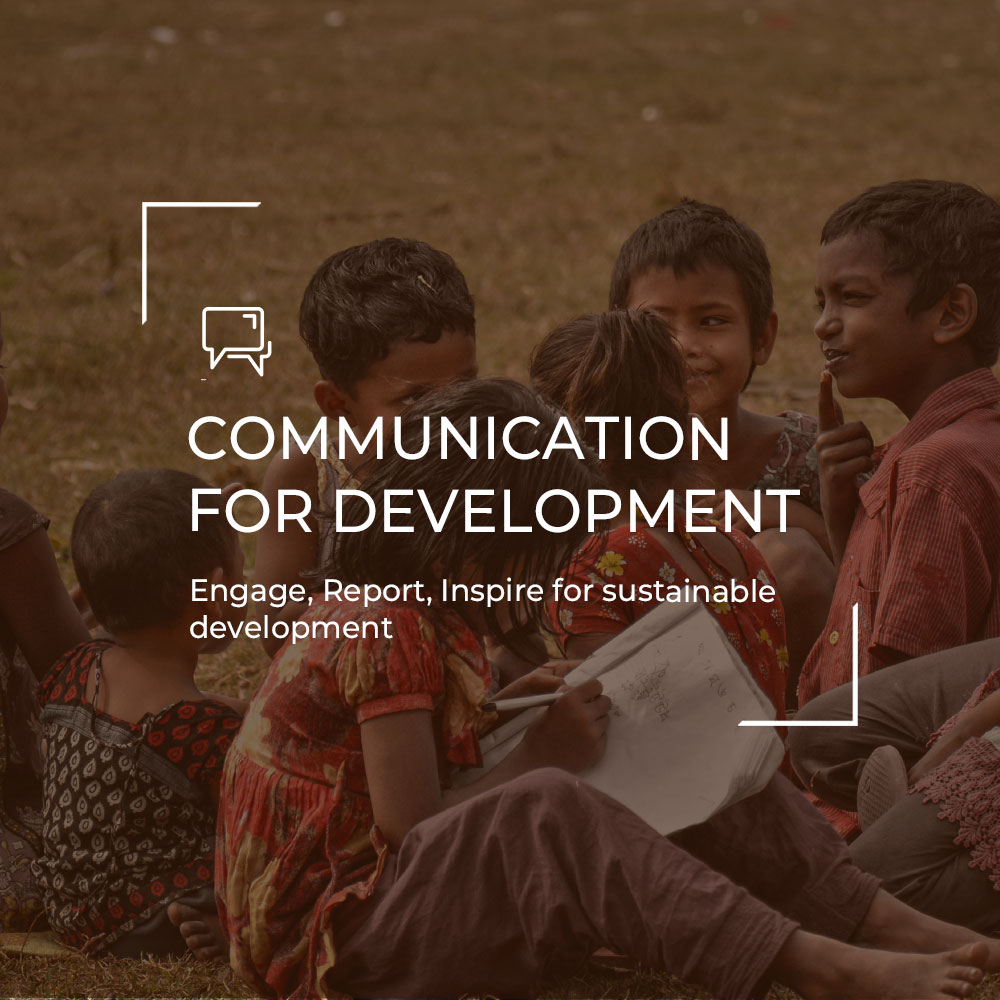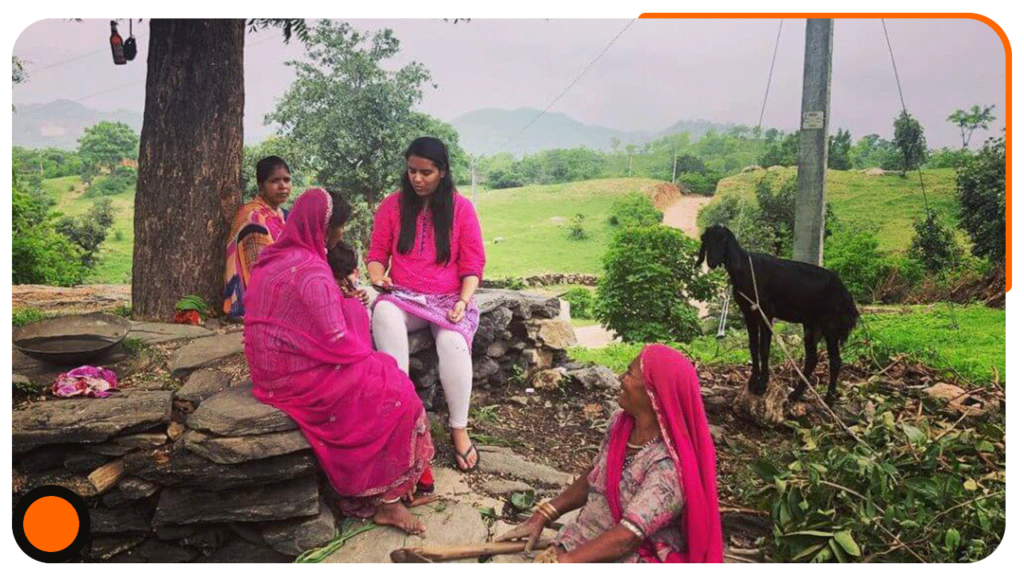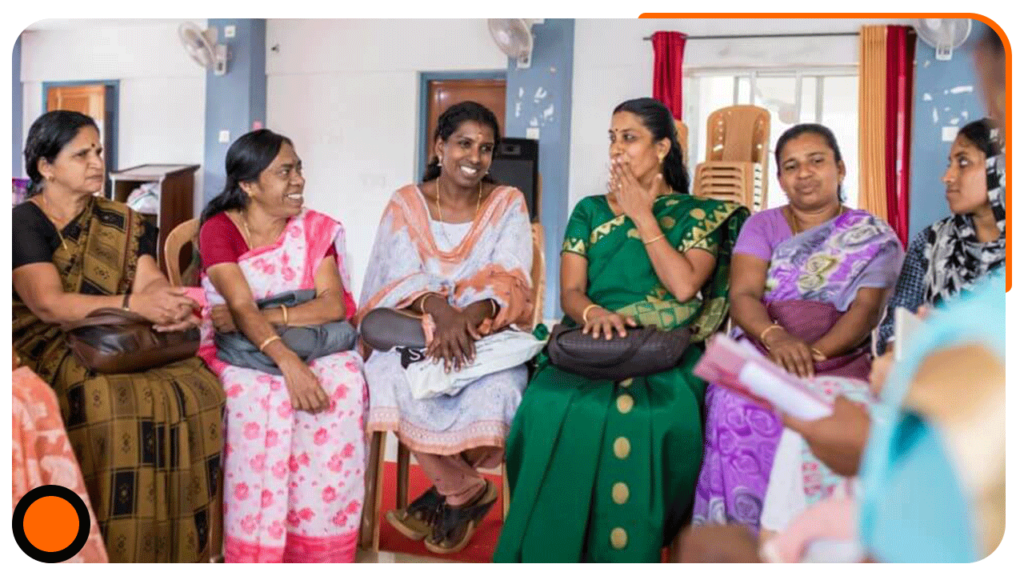

ENHANCED STAKEHOLDER DIALOGUES
Participatory approach, moving beyond simply stating one-directional information.
ENGAGING, INFORMATIVE CONTENT
Data visualization and storytelling, for evidence-based dialogue and interactions
EFFECTIVE COMMUNICATION
Innovative communication mediums for information sharing and to fuel cross learning
DEFINING COMMUNICATION FOR DEVELOPMENT
DEFINING COMMUNICATION FOR DEVELOPMENT
“Communication 4 Development is a social process based on dialogue using a broad range of tools and methods. It entails seeking change at different levels, including listening, building trust, sharing knowledge and skills, building policies, debating and learning for sustained and meaningful change.” (World Congress on Communication for Development, 2006)
Information access for all is a core criterion for the Sustainable Development Goals (SDGs). Institutional communication enables reporting and publicizing an organisation’s actions, while communication for development is a process that takes place in the context of programmes at a grassroots level. It is a form of communication that enables people to have a say, participate, and develop a sense of ownership in social projects. This type of communication strategy strengthens organisational capabilities for sustainable management and eventually social change.
IMPORTANCE OF A COMMUNICATION STRATEGY
IMPORTANCE OF A COMMUNICATION STRATEGY
Communication for Development (Com4Dev) is not a specialist discipline for communication experts but a cross-cutting activity for all development professionals. Providing access to information is a core function of development cooperation alongside boosting participation. Organisations need to explain what they are doing and why developing their own unique and honest social story. Com4Dev strategies facilitate access to information, stimulate participation, empower people, and influence organisational and public policies. These ripple effects further strengthen the achievement of the Sustainable Development Goals (SDGs). Com4Dev allows a programme to be inclusive and makes beneficiaries principal actors in the path to the improvement of their living standards, not only temporarily but also sustainably and in the long-term.
USERS AND AUDIENCE OF A COMMUNICATION STRATEGY
USERS AND AUDIENCE OF A COMMUNICATION STRATEGY
All institutions and organisations involved with development assistance should develop communication strategies, which bring together stakeholders and partners, unifying the plan of action for the desired change. In the context of sustainable development, it is important to move beyond unidirectional information, identify consensus around issues, and exchange information among stakeholders.
Developing a communication strategy entails designing a detailed plan that includes interesting and innovative ways to visualize data, share stories, and fuel cross-learning. The scope of development communication encompasses advocacy measures of Non- Governmental Organisation (NGO) programmes, partnership and accountability reporting of Corporate Social Responsibility (CSR) departments, social and behaviour change aspirations of public sector institutions, and others. Regular, informative, engaging, and impactful communication is integral to these organisations so they can showcase success, demonstrate programme values, disseminate knowledge, solicit feedback, and engage stakeholders.
ELEMENTS OF COMMUNICATION FOR DEVELOPMENT
ELEMENTS OF COMMUNICATION FOR DEVELOPMENT
Knowledge is power, and Good data is strength. Good Com4Dev strategies facilitate the collection and dissemination of data on the development indicators aligned with the Sustainable Development Goals (SDGs) for awareness, engagement, participation, and accountability.
Communication, planned according to the context and integrated into the project cycle, results in developed systems of collecting, storing, consolidating, and analysing the work of organisations. It helps create reporting templates that can cater to varied information requirements, including monthly reports, quarterly reports, case studies, event documentation, and others.

We are a highly visual society. Images and photography have become an integral part of our understanding and culture. The content becomes more digestible and engaging for stakeholders when it takes the following shapes:
- Design and data visualisation focussed annual report snapshot videos
- Process documentation animated videos
- 360-degree videos and photography
- Cause-related marketing videos
- Virtual reality and time-lapse videos
There is a need to transform text-heavy quarterly and annual reports into visually engaging content, to improve the likelihood of comprehension and engagement.

There is tremendous scope to use various non-conventional dissemination methods of communication. These include:
- Illustrations
- Podcasts and multimedia broadcasts
- Photo exhibitions
- Posters and banners
- Fact sheets and information calendars
- Educational online games and applications
- Motion graphics and animations
- Thematic weeks
- Interactive web games
Mediums and tools like these facilitate dialogue, launch debates, and foster interactive and inclusive communication processes. Well-designed communication showcases organisational purpose and impact to stakeholders.

The crux of Com4Dev is stakeholder participation and engagement. Communication mediums should inform citizens on development issues, with them being the main content contributors and drivers of community dialogue and communication. Communication platforms should give them information, provide a space to voice their views on their development and progress, and build community ownership.

